Leaflets to discuss with patients
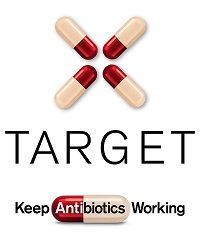 Using patient
leaflets interactively in consultations is the best way to support effective discussions and maintain patient satisfaction.
Using patient
leaflets interactively in consultations is the best way to support effective discussions and maintain patient satisfaction.
Version 1.0, November 2021.
RTI Pictorial Leaflet
RTI Pictorial Leaflet - web version
Respiratory tract infection
A step-by-step guide on how to manage your infection
Version 4.0. Published: November 2024. Revision date: November 2027
Developed with healthcare professionals, patients and professional medical bodies. TARGET is operated by the UK Health Security Agency
What is an RTI?
A respiratory tract infection (RTI) occurs in the upper or lower respiratory tract, causing symptoms. An RTI is usually caused by a virus, but can sometimes be bacterial.
What are some common symptoms of an RTI?

Help yourself to feel better
Whatever your infection, you can do the following to help.
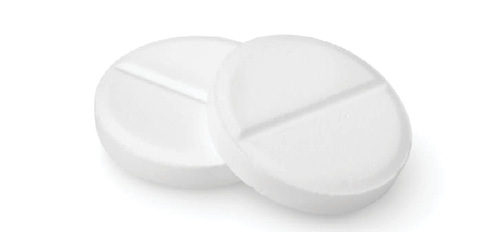
Take paracetamol to reduce pain. Always follow the instructions on the packet.
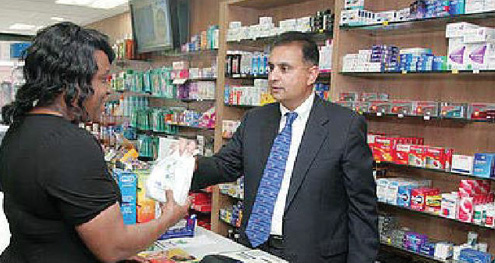
Ask your pharmacist for advice on reducing your symptoms.

Get plenty of rest until you feel better.
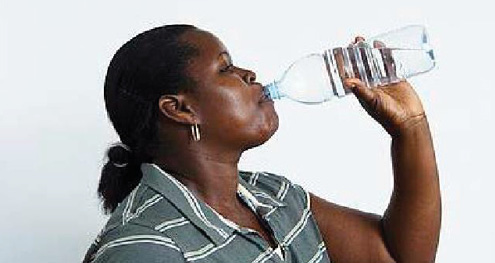
Drink enough fluids to avoid feeling thirsty.
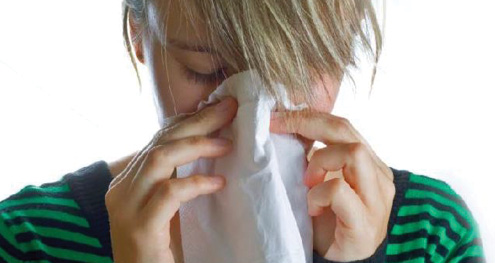
Use tissues when you sneeze to help stop infections spreading.
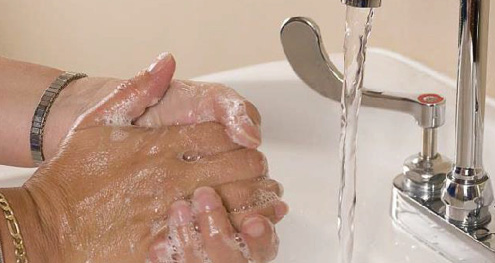
Wash your hands regularly and after using tissues.
For more information, visit the NHS website at www.nhs.uk. Most common infections get better without antibiotics. Find how you can make better use of antibiotics at www.antibioticguardian.com.
Check how long your symptoms last
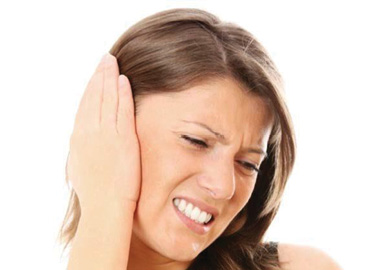
Earache
Most get better by 3 days (can last 7 to 8 days)
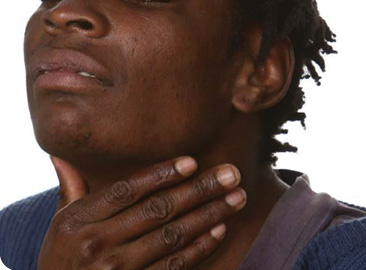
Sore throat
Most get better by 7 to 8 days

Cold
Most get better by 14 days

Cough
Most get better by 3 to 4 weeks
If you are not starting to improve a little by the times given above, visit a pharmacist or contact your GP practice. If you are feeling a lot worse, phone NHS 111 or NHS 24 (see step 4).
Look out for serious symptoms
If you have an infection and develop any of the symptoms below, you should see a doctor urgently. Ring your GP practice or call NHS 111 or NHS 24.
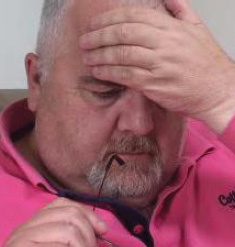
Severe headache
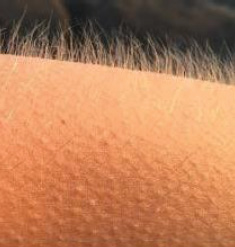
Very cold skin
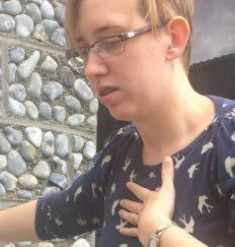
Trouble breathing

Feeling confused

Chest pain
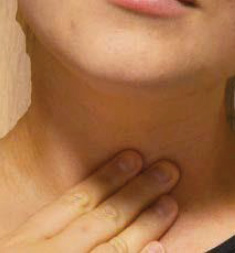
Problems swallowing

Coughing blood
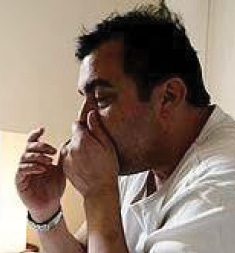
Feeling a lot worse
Where to get help
NHS England
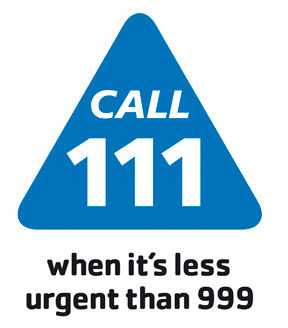
NHS 111 Wales

NHS Scotland

Northern Ireland
Contact your GP practice

If you have an emergency, call 999 immediately.
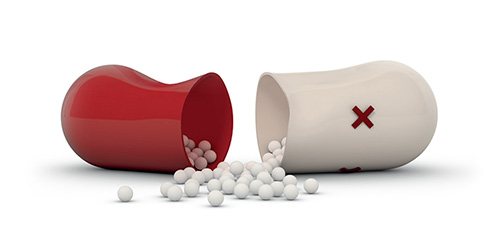
For any leaflet queries please contact us:
TARGETantibiotics@ukhsa.gov.uk